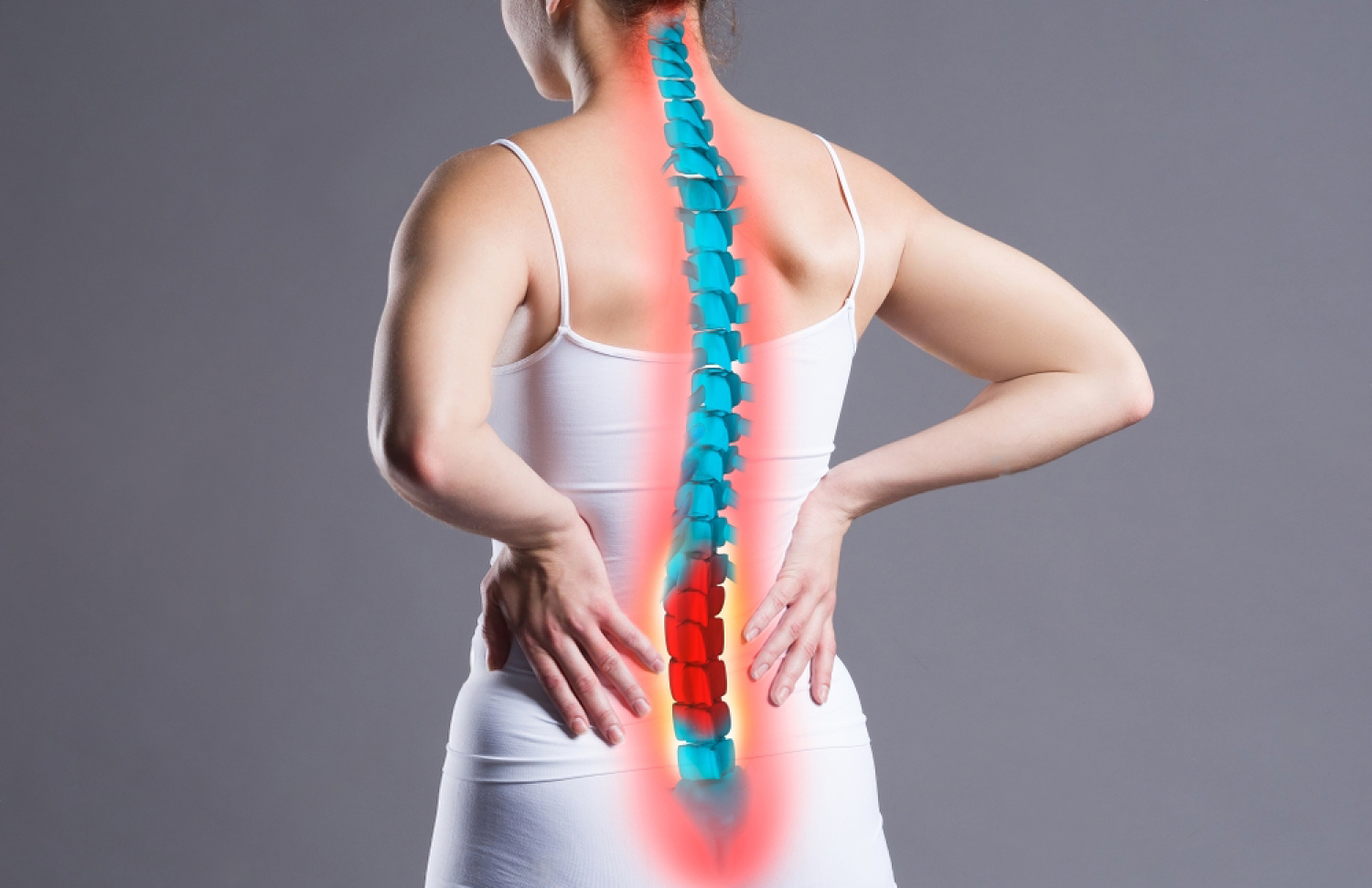Sciatica and nerve compression are conditions that can cause a lot of pain and discomfort. Let's talk about what causes each of these problems:
Sciatica:
Sciatica is a condition where you feel pain along the path of a big nerve called the sciatic nerve. This nerve is the longest one in your body. It starts from your lower back, goes through your buttocks, and then down the back of your legs. The main cause of sciatica is when this nerve gets pressed or irritated. Some common reasons for this are:
a: When a soft part inside a spinal disc pushes through its outer layer and presses on the sciatic nerve. This is called a herniated or slipped disc.
b: When the spinal canal in your lower back gets narrower, it can compress the nerves, including the sciatic nerve. We call this lumbar spinal stenosis.
c: The sciatic nerve can also get irritated or compressed by a muscle in your buttocks called the piriformis muscle. This can cause sciatica-like symptoms.
d: As you get older, the spinal discs in your back can wear down and put pressure on the sciatic nerve. We call this degenerative disc disease.
Nerve Compression:
Nerve compression is when a nerve gets squeezed or pinched in different parts of your body, which can cause pain, tingling, numbness, or weakness. Here are some reasons why nerve compression happens:
a: Sometimes, the spinal discs in your spine can bulge or herniate, which means they push on the nearby nerves.
b: When there is extra growth of bone tissue, often because of a condition called osteoarthritis, it can press on the nerves.
c: In your wrist, the median nerve can get compressed, causing problems in your hand and fingers. We call this carpal tunnel syndrome.
d: At your elbow, the ulnar nerve can get compressed, leading to issues in your hand and arm.
e: Near your elbow, the radial nerve can get squeezed, causing problems in your forearm and hand.
f: In your ankle, the tibial nerve can get compressed, which can cause issues in your foot.
If you have sciatica or nerve compression, it's essential to see a doctor quickly to find out the cause and get the right treatment. Treatments can include rest, physical therapy, pain management, anti-inflammatory medications, and in more serious cases, surgery. If your symptoms don't go away or get worse, make sure to see a healthcare professional for help.
Effective Sciatica and Nerve Compression Treatment by Physiotherapy at Physionic Clinic in Aurangabad and Nanded
Introduction:
Are you suffering from the discomfort of sciatica or nerve compression? Seeking a reliable and non-invasive treatment option? Look no further! Physionic Clinic in Aurangabad and Nanded offers specialized and effective physiotherapy programs designed to alleviate pain and improve your quality of life. Our experienced team of physiotherapists is committed to providing personalized care to help you find relief from sciatica and nerve compression.
Understanding Sciatica and Nerve Compression:
Sciatica occurs when the sciatic nerve gets compressed or irritated, leading to pain that radiates along the lower back, buttocks, and legs. Nerve compression, on the other hand, refers to the pinching or squeezing of nerves, resulting in pain, tingling, numbness, or weakness in various areas of the body.
Physiotherapy Treatment for Sciatica and Nerve Compression:
At Physionic Clinic, our physiotherapy treatments are tailored to address your unique condition and symptoms. Our comprehensive approach aims to reduce pain, improve mobility, and enhance overall well-being. Here's how our physiotherapy treatments can help:
Personalized Assessment: Our skilled physiotherapists will conduct a thorough evaluation of your condition to understand the extent of the problem and its impact on your daily life.
Targeted Exercise Programs: We will design specific exercise routines to strengthen your back, core muscles, and affected areas, relieving pressure on the sciatic nerve or compressed nerves.
Manual Therapy Techniques: Our experienced therapists will use gentle hands-on techniques to release muscle tension, correct spinal alignment, and reduce nerve compression.
Pain Management Strategies: We focus on managing pain and discomfort through various physiotherapy approaches, promoting a more comfortable recovery process.
Postural Education: We provide valuable insights and guidance on maintaining proper posture during daily activities to prevent further aggravation of your condition.

